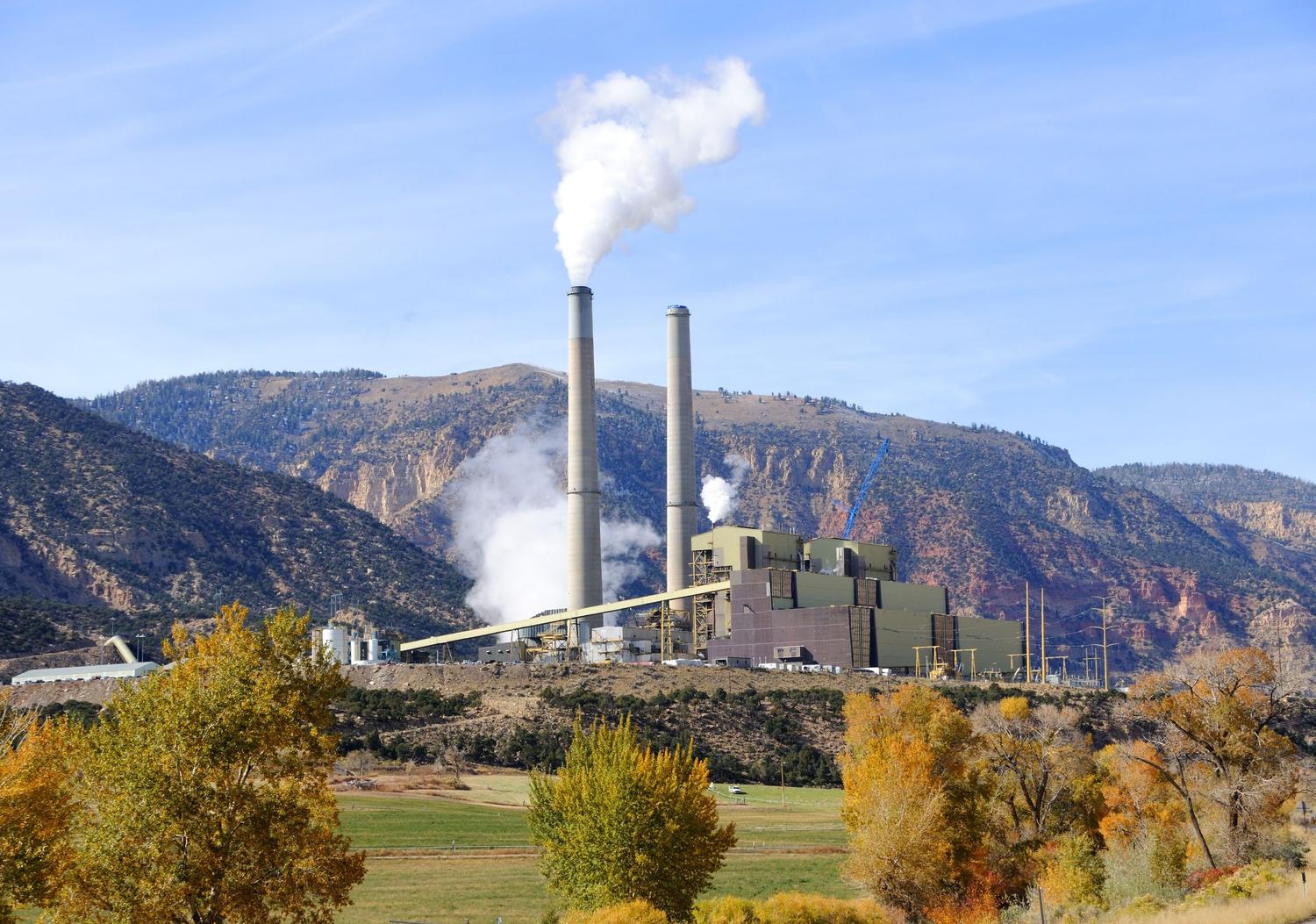Intermittent renewable generation displaces a portion of the output of conventional coal and natural gas generators, but does not replace those generators. However, depending on intermittent renewable market penetration, the annual output of the conventional generators is reduced and the operation of some generators might be suspended, particularly during the shoulder months.
The reduced operation of these conventional generators increases the unit cost of their output because the fixed costs of the plants and the labor costs of operating and maintaining the plants remain relatively unchanged, but must be allocated to lower generation output. Unit fuel costs also increase slightly as modulated or intermittent operation reduce generator efficiency.
Uncertainty regarding required generator output creates fuel supply issues for the conventional generators. Coal plants maintain a coal pile on the generation site, from which coal is moved to the steam boiler. The coal in the pile represents an unrecovered expense for the generator. Therefore, the pile must remain large enough to meet demand without burdening the generator with excessive unrecovered expense throughout the year. While coal generators can load-follow over a wide range of output, restarting a coal generator from a “cold start” can take 10 or more hours. A decision to shut down a coal plant must take this restart time into account.
Natural gas generators do not maintain on-site fuel supply, but rely on contemporaneous pipeline fuel delivery. This typically has not been an issue when adequate pipeline capacity and adequate gas quantities are available. However, with variable or interruptible generator operation, the generator cannot enter into firm, fixed-price contracts for natural gas delivery and is reluctant to contract for firm pipeline capacity. Therefore, natural gas generators typically rely on interruptible pipeline capacity and purchase their natural gas in the spot market as required.
However, changes in the market are having an impact on this gas supply scenario. Numerous utilities with significant coal generation capacity will be required to retire those generators by 2030 to meet the Administration’s emission reduction goals. Several of these utilities are considering adding natural gas generators to replace the coal generating capacity. However, the Administration’s actions limiting oil and gas exploration and production will limit future gas availability, while its resistance to new natural gas pipeline construction will limit access to natural gas for future natural gas generators.
As natural gas production declines, the quantity of natural gas available in the spot market will also decline, increasing the spot market price and reducing generator access to fuel when required. This situation manifested in Texas in 2021, when high gas demand for heating in very cold weather dramatically reduced spot market gas availability and restricted gas plant generation. This problem was compounded by difficulties in restarting inoperative gas generators which had not been winterized.
This issue will become more critical as the market penetration of intermittent renewables increases and as the US energy market transitions to ‘all-electric everything” until grid-scale storage is available to support the intermittent generation. There remains a risk that storage capacity additions lag behind the loss of conventional generation capacity.
